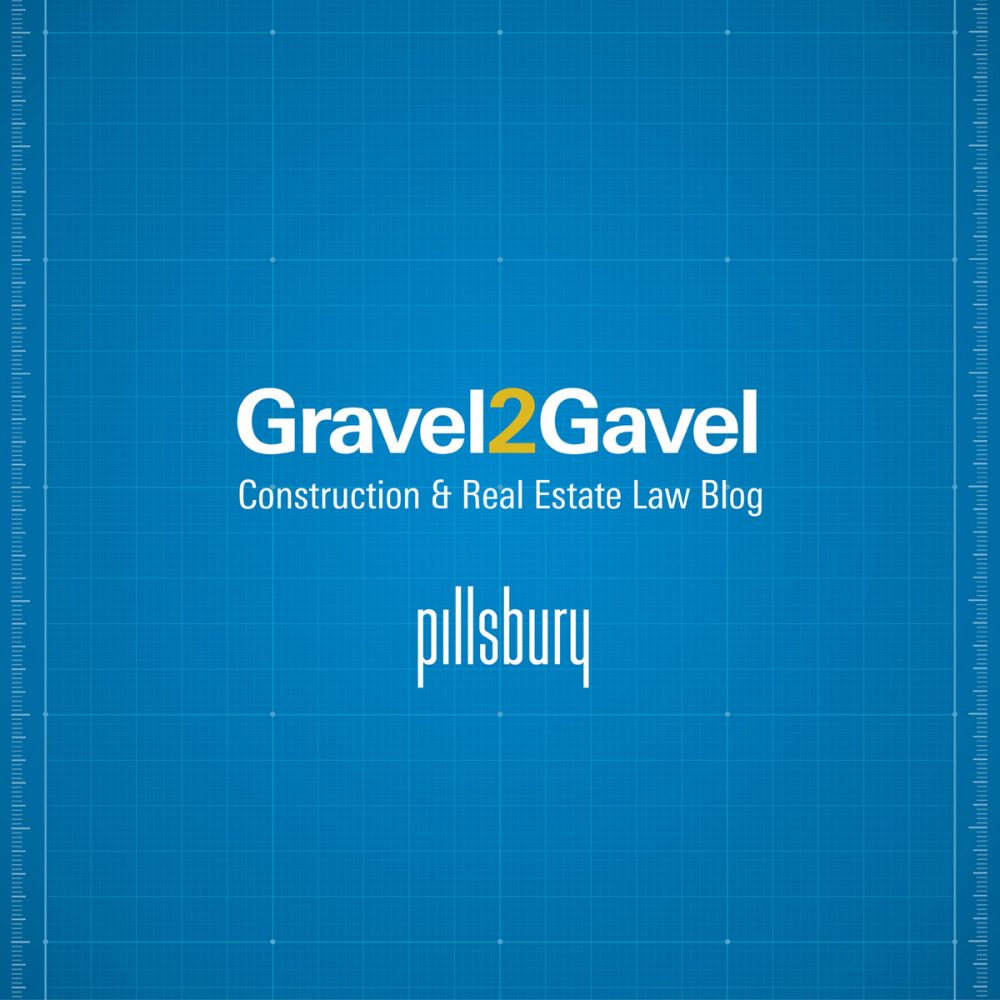A Diligence Checklist — Gravel2Gavel Construction & Real Estate Law Blog — November 7, 2022
When purchasing a commercial real estate loan that is in “distress,” it is crucial that one understands the nature of the defaults and the motivations of each party involved in the transaction and the deal. Diligence is key.
Begin by mining your sources. How did you learn of the loan’s availability? A broker? A public record, such as a foreclosure complaint? Sign a non-disclosure agreement and access the data room and get as much information as you can.
After confirming what you have obtained, review and analyze all the most recent loan and property information available.
To get started, obtain copies of:
- Mortgage loan documents, including all guaranties and all amendments.
- Notices of default and litigation materials (if a foreclosure has commenced).
- Any pre-negotiation or forbearance agreement with the borrower and any information provided to the mortgage lender under those agreements.
- Financial statements for borrower and guarantors (diligence the sponsor and principals).
- Budgets, rent rolls, information regarding reserves, capex, etc.
- Copies of all leases, the rent roll, any pertinent information regarding tenant performance and the status of lease-up.
- Management agreements and service contracts, possibly union contracts.
- If there is ongoing construction (including ongoing tenant improvement work), obtain copies of the construction contracts, architect’s agreements, payment requisitions, lien waivers, construction inspection results, etc.
- If there is a mezzanine loan—so there is a “debt stack”—obtain a copy of the Intercreditor Agreement (ICA) between the mortgage lender and the mezzanine lender and the mezzanine loan documents.
- If the interest being purchased is a mortgage loan note or a participation interest, obtain the co-lender agreement or the participation agreement.
- Is there preferred equity in the deal? If so, obtain a copy of the Joint Venture Agreement (to determine the protections afforded to the holder of the preferred equity interests).
- Obtain and review all third-party reports obtained at loan origination, such as environmental, engineering and zoning reports.
- Order a new title report—new liens could have been recorded!
Then begin to review and consider the loan documents. In this regard:
- Conduct a careful review of all loan documents and any ancillary agreements.
- Understand the nature and materiality of the defaults. Is the default a technical default? Is the borrower or guarantor in a position to cure the default? Confirm default and notice requirements.
- Are there any defects in the loan documents/assignments/signatures/collateral perfection? Were the loan documents properly filed/recorded? Were they all signed and notarized?
- Have they or can they be corrected via a pre-negotiation or forbearance agreement with the borrower?
- Are there caps (or limitations) on the guaranties obtained at closing? Diligence the guarantors.
- Are there any restrictions on assignment of the debt?
- If applicable, review the pre-negotiation agreement—and diligence what the selling lender may have discussed with borrower.
- If applicable, review the forbearance agreement.
- Typically, a forbearance agreement obligates the lender to defer enforcement of remedies in exchange for modifications to the underlying loan documents or other benefits for the lender.
- For example, in consideration for agreeing to forbear from exercising its remedies (and granting covenant and other relief), a lender may obtain fees, institute cash management, increase the interest rate payable on the loan, obtain additional collateral or additional guaranties. It may also cure “defects” in the loan documents at this juncture.
At the same time, diligence the property and the collateral—ask questions!
- Analyze environmental, engineering and zoning reports. Are real estate taxes current?
- Diligence rents and rent roll, leases and other income.
- If there is ongoing construction, obtain and review all construction related materials (requisitions, liens and lien waivers, reports provided by construction consultant etc.).
- If the loan is a construction loan, review construction agreements and “will serve” letters with/from general contractor or construction manager, architect, material subcontractors.
- Inspect the property, if possible.
- Obtain updated title report, and review title (and all underlying exceptions to title) and survey. Are there mechanic’s liens on title? Judgment or other liens?
- Is the loan cross-collateralized, so there are multiple properties in a portfolio?
- Is cash “managed” by the lender? Are there reserves maintained under the loan?
- If the property is a hotel, review management agreement and franchise agreement, along with comfort letters or SNDAs with hotel managers and franchisors.
- Are there property-related liens, and have those changed since the loan was originated?
Who are you dealing with? Diligence the borrower, the guarantor and the sponsor.
- Review financial information for borrower/principals/guarantors.
- Review existing financial covenants; consider caps on guaranties.
- How much equity is left in the project?
- Do the borrower’s organizational documents provide for an independent director to vote on bankruptcy matters?
Who are you dealing with? Diligence the loan seller.
- The purchase and sale agreement may include surviving representations—can the loan seller fulfill them?
- There may be environmental issues/liabilities that remain with the loan seller and which bear on the analysis of the seller’s financial condition.
Who are you dealing with? Is there a Mezzanine Loan and a Mezzanine Lender?
- If there is a mezzanine loan, what protections were granted to the mezzanine lender in the ICA? (We discuss some of these protections in The Role of ICAs between Mortgage and Mezzanine Lenders and Mezzanine and Construction Loans—Considerations and ICA Provisions.)
- Does the mezzanine lender have rights of cure? A purchase option?
- What if the mortgage lender is contemplating a deed-in-lieu? Does the mezzanine lender have certain protections in this case?
- What approval rights does the mezzanine lender have over modifications to the mortgage loan documents?
- What notices will need to be sent to the mezzanine lender—in connection with the acquisition of the mortgage loan?
- And who is the mezzanine lender? What is its ability (or appetite) to cure or step in, and acquire the mortgage loan?
When it comes to the acquisition of distressed commercial mortgage loans, it bears repeating—diligence is key.
This is the first in a series of posts exploring key considerations for the acquisition of distressed real estate debt. In our next installment, we examine distressed mezzanine loans in particular.






